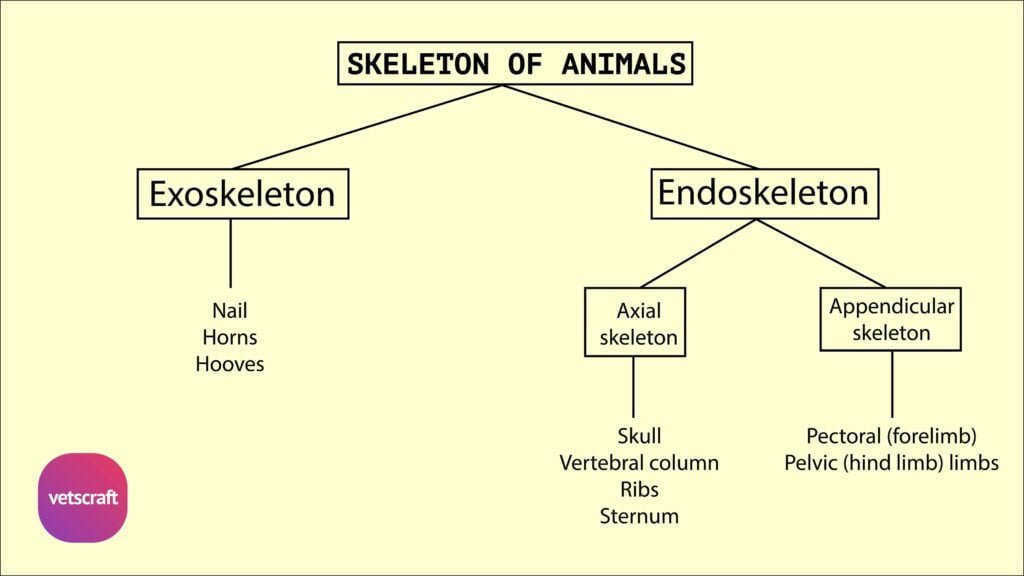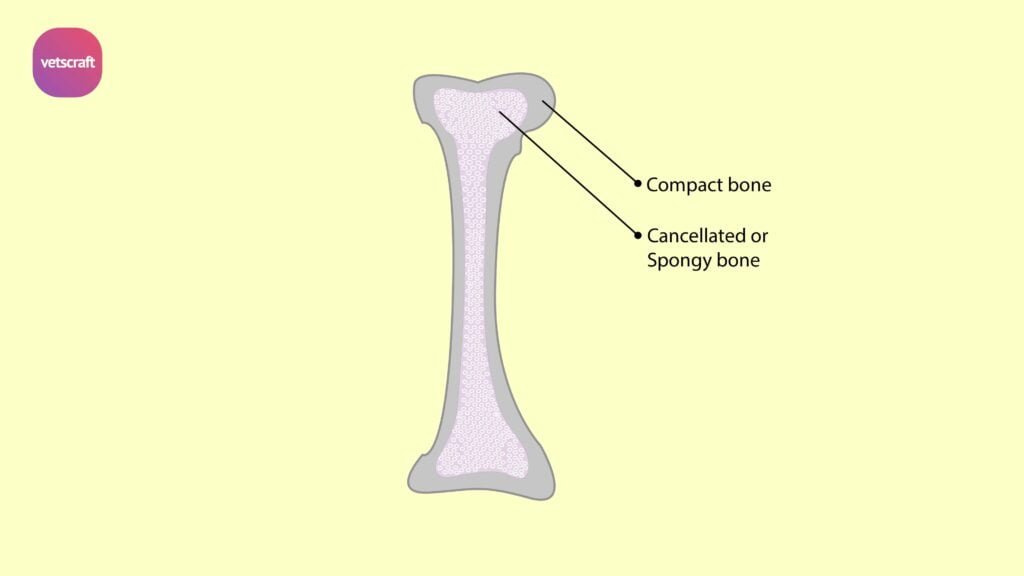TABLE OF CONTENTS
Cleavage in animals
The fertilized ovum enters on a series of cell division. The initial period, the development of a new multicellular individual is called the cleavage period. The process of cellular division without growth is called cleavage. During the period, the zygote split up into a number of smaller cells called the blastomeres. The mitotic division tends typically to follow the doubling sequence, 2, 4, 8, 16 etc. The total mass of living substance does not increase appreciably when the cleavage comes to an end.
- It is the active protoplasm of the egg that accomplishes the division and the inert stored yolk retards mitosis. In this way the relative amount of yolk and its even or uneven distribution throughout the egg, influence on cleavage. On this basis, the cleavage is classified as follows:
- Total Holoblastic cleavage: Entire ovum divides
- Equal: In isolecithal ova (evenly distributed yolk) blastomeres are of approximately equal size. Eg. Amphioxus, marsupial and placental mammals.
- Unequal: In moderately telolecithal ova (uneven distribution of yolk) accumulated at the vegetal pole retards mitosis and fewer but larger blastomeres form there. Eg. Lower fishes and amphibians.
- Partial Meroblastic cleavage:Protoplasmic region alone cleaves.
- Discoidal: In higly telolecithal ova, mitosis is restricted to the animal pole. Eg. Higher fishes, reptiles, birds and monotreme mammals.
- Superficial: In centrolecithal ova (the yolk substance is accumulated in the centre and protoplasmic mass located peripherally), the mitosis is restricted to the peripheral cytoplasmic investment. Eg. Arthropods.
- Total Holoblastic cleavage: Entire ovum divides
- All the animals under the phylum chordate have certain similarities in their early development. It is therefore necessary to compare the rarely stages of development, in Amphioxus (a lower chordate), Chick and Mammal for gaining a broad understanding of the subject.
CLEAVAGE IN CHICK
The egg is large and highly telolecithal and the cleavage is of meroblastic type (partial and discoidal). The protoplasm is located as a cap over the huge yolk mass and is involved in the cleavage. The large yolk never divides.
The first 2 planes of division are vertical furrows which cross at right angles. Succeeding furrows pass first radial and then in circumferential planes and the original disc of cytoplasm is transformed into a mosaic of separate cells. Following this stage, cleavage divisions take place in a horizontal plane to produce a certain amount of layering.
The end result, after one day, is a discoidal plate of cells perched on a surface of the yolk and separated from it by a cleft. At the periphery, the cellular disc progressively gains new cells from a proliferating, syncytial margin that blends into the yolk. The cellular cap is termed as germinal disc or blastoderm. The space between the blastomeres and yolk mass is called the blastocoel. Cleavage thus produces a modified blastula corresponding to the blastula of the amphioxus.
CLEAVAGE IN AMPHIOXUS
The egg of amphioxus is isolecithal and the cleavage is of holoblastic type. About one hour after fertilization, the egg is divided into 2 blastomeres. The plane of this first cleavage is passing through the egg axis from pole to pole.
Next, the cleavage is in a vertical plane, but at right angles to the first plane. In the third series of division, the planes of separation are horizontal. By the 16 to 32-cell stage, the cells are crowded together into a compact mass within the zona pellucida. The embryo is now known as morula.
Soon the balstomeres arrange themselves in a circular manner forming a blastula around a central space, the blastocoel. This marks the end of the cleavage period.
CLEAVAGE IN MAMMALS
The egg of all marsupial and placental mammals are isolecithal and the cleavage is of holoblastic type and takes place within the zona pellucida of the ovum.
The first two planes are vertical and third is horizontal. The darker blastomeres with slower cleavage are destined to become the embryo proper whereas the clear cells with rapid cleavage differentiate into auxillary tissue known as the Trophoblast.
At about 16 cell stage, the future trophoblast cells begin to flatten against the zona pellucida and produce a kind of cellular capsule.
By the time some thirty cells have formed, the definite hollow sac known as blastocyst. The cells destined to become embryo proper, constitute the inner cell mass attached to the trophoblast at one end.

